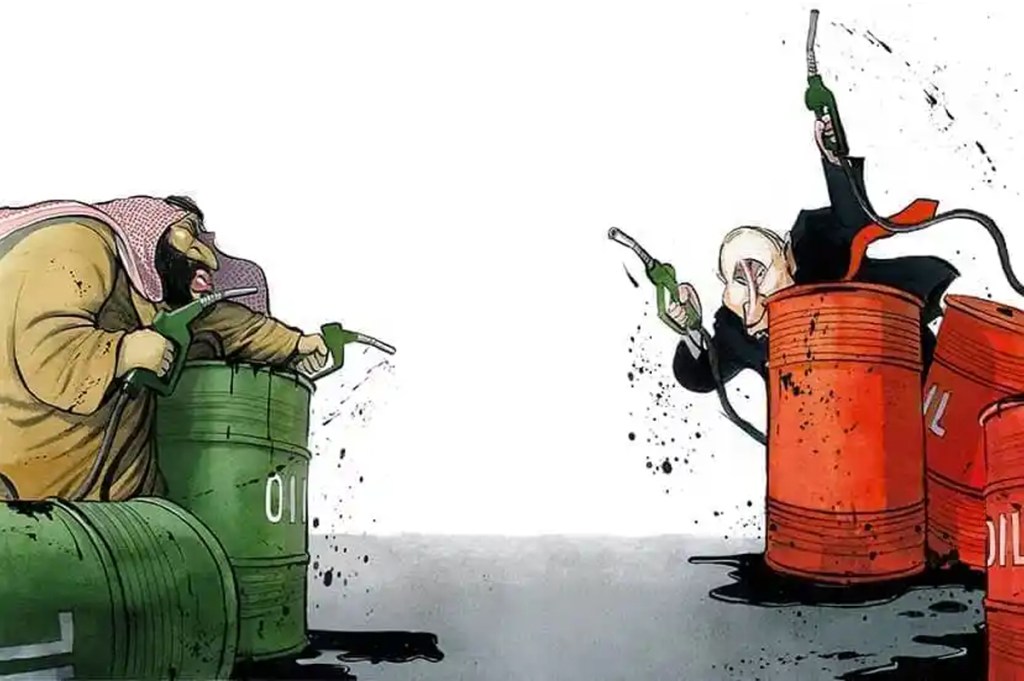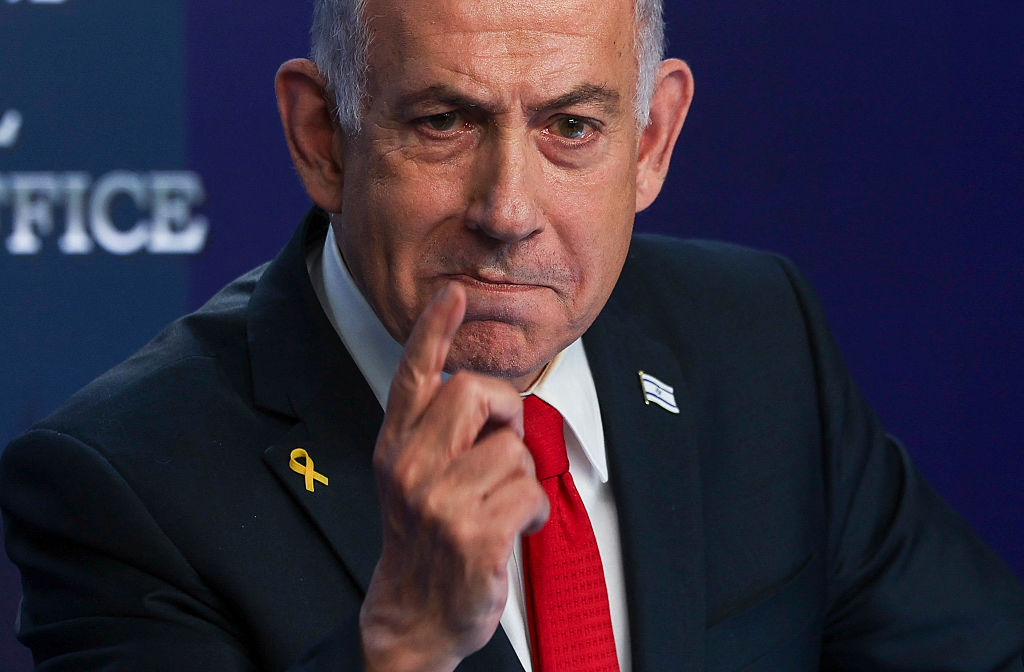ESG, or environmental, social and corporate governance, has taken the financial world by storm. It first hit the scene in a 2004 United Nations report that argued the financial sector could rack up more profits if it focused on carbon dioxide reduction and UN-approved progressive causes and has ballooned into a big, green financial juggernaut. In 2021, ESG assets under management hit an estimated $35 trillion. Bloomberg projects that by 2025 $53 trillion will be invested in ESG vehicles — that’s over one third of global assets under management and over five times 2007’s total of $10 trillion of ESG assets.
The main thrust is to hasten the renewable energy transition to solve climate change by diverting capital from fossil projects to various green projects. At least, that’s how it’s advertised. But what if that’s not the case? What if ESG is also a way to shovel tens of billions of dollars into fossil fuel titans?
New reporting from Bloomberg reveals the truth: ESG, through sloppy accounting, has dumped nearly $30 billion into one of the world’s largest oil and gas companies. The beneficiary is Aramco, Saudi Arabia’s national oil and gas firm.
The company never intended to benefit from ESG. In fact, it’s been hostile to the entire project. Amin Nasser, Aramco’s chief executive, has criticized ESG for its bias against traditional energy projects, especially those using fossil fuels. So how did this happen?
In 2021, Aramco sold off 49 percent of two of its subsidiaries — Aramco Oil Pipelines Company and the Aramco Gas Pipelines Company. Through bridge loans, EIG Global Energy Partners LLC and BlackRock Inc. led consortiums that purchased the subsidiaries.
“In order to generate cash to repay the bank loans, the EIG and BlackRock consortiums created two special purpose vehicles: EIG Pearl Holdings and GreenSaif Pipelines Bidco, both registered at the same Luxembourg address,” reports Bloomberg. “These SPVs then sold bonds, which, since they had no direct links to the fossil-fuel industry, ended up getting an above-average score in a widely-used JPMorgan Chase & Co. sustainability screening based on third-party ESG scores.”
Those bonds then landed in JP Morgan’s ESG Indexes — an embarrassing turn of events for ESG advocates. They can no longer claim their green mantle and Bloomberg intimates that more fossil securities are likely to shimmy into indexes due to their opaque and loophole-ridden structure.
But the bad news for ESG doesn’t stop there. A new report out of Columbia’s Center on Global Energy Policy reveals that ESG explicitly cuts the world’s only large-scale decarbonizer, nuclear energy, out of the mix. The report shows that most banks (57 percent) exclude nuclear from their sustainable bond frameworks, with the rest (40 percent) remaining silent. No major bank lists nuclear energy as part of its ESG taxonomy.
So, ESG both funds fossil fuel giants and excludes the most powerful decarbonization tool humanity has at its disposal. If only this was just some kind of bad joke. But this is real money, which means there will be real consequences. The financial world is diving headfirst into what will pan out to be one of the largest misallocations of capital in human history.

























